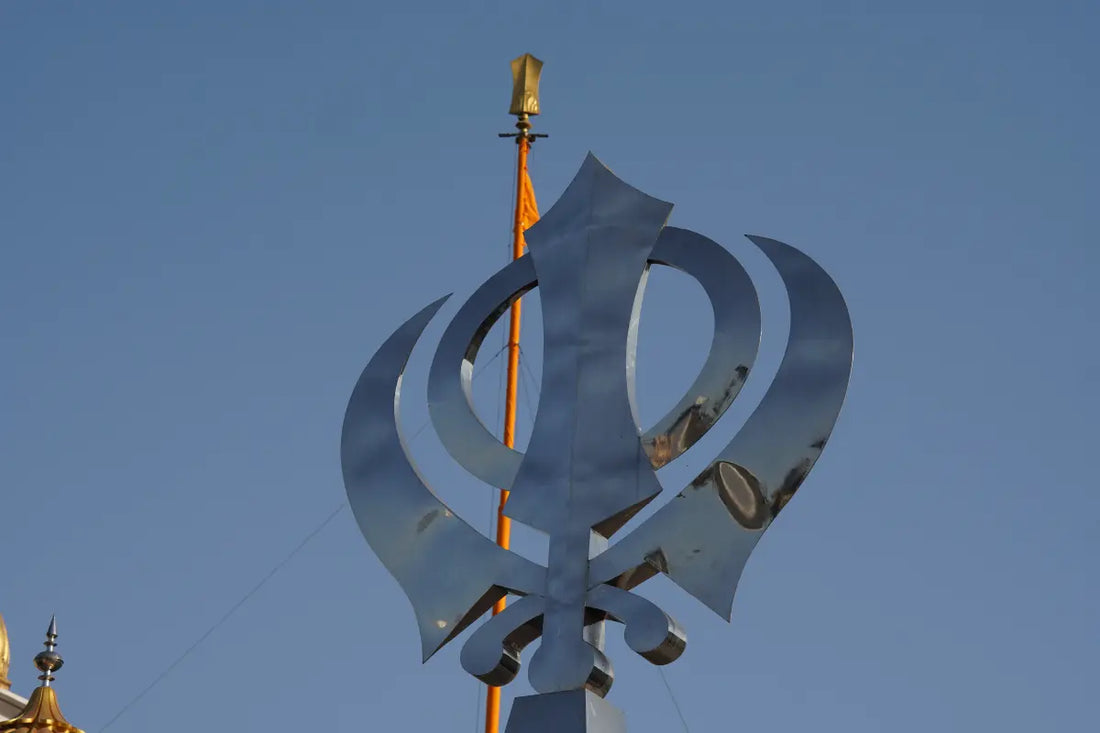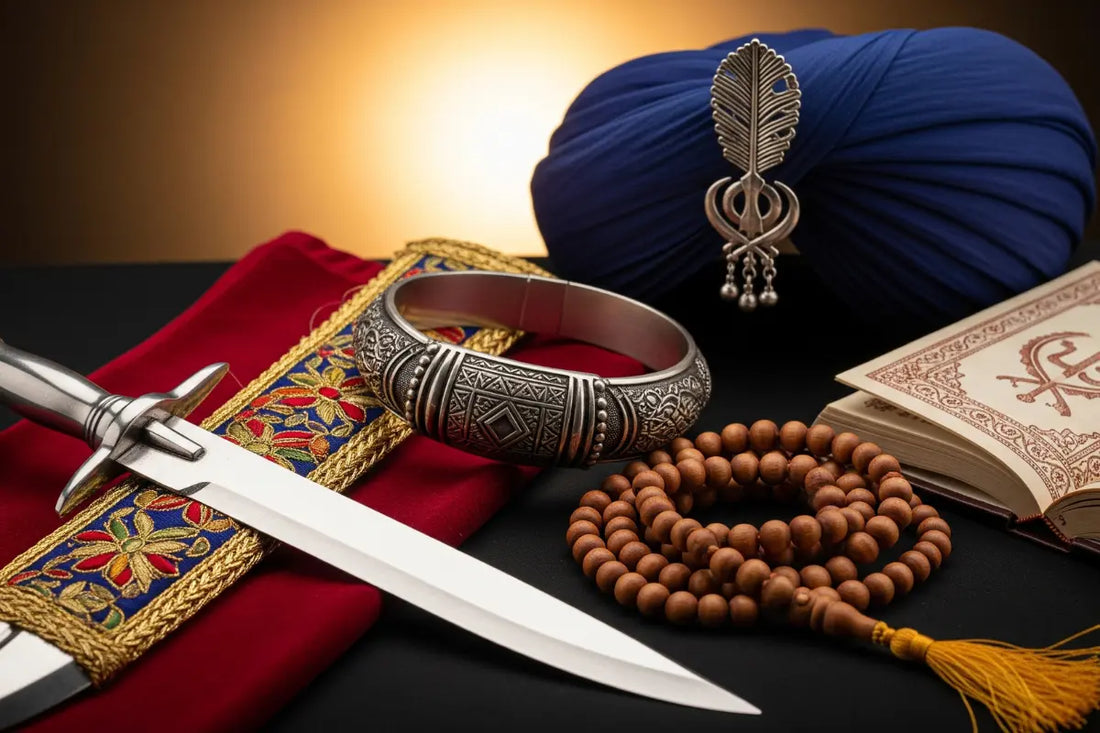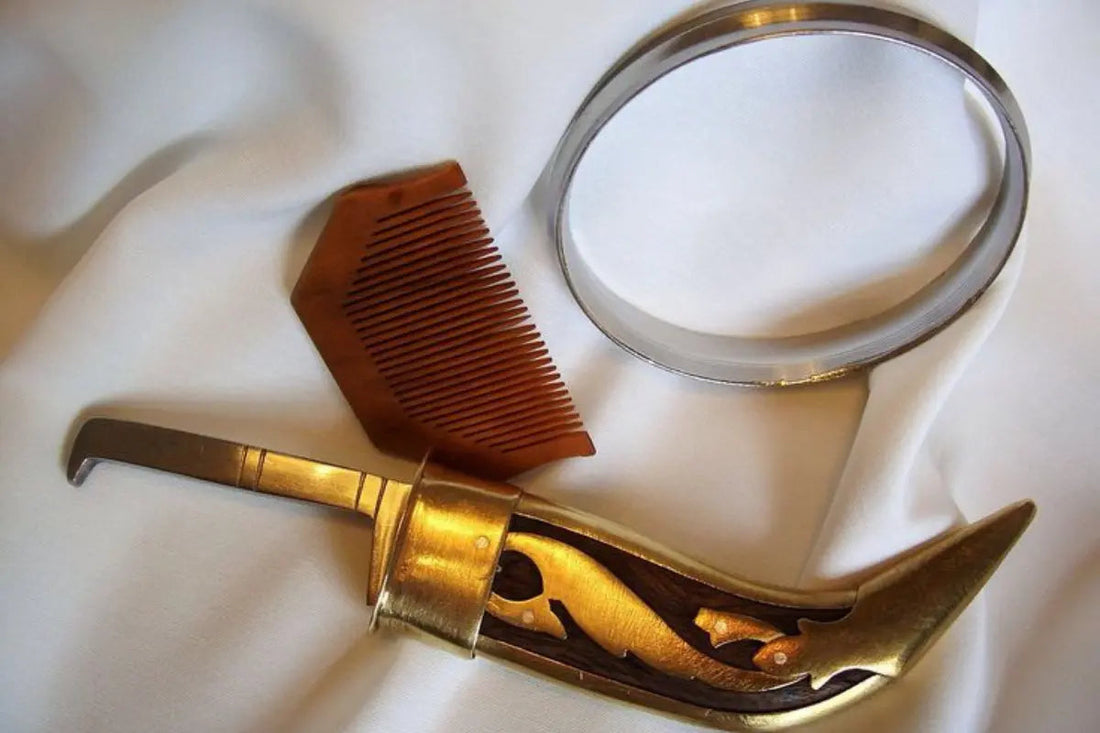Guru Gobind Singh Ji, the tenth Sikh Guru, is celebrated not only for his spiritual wisdom but also for his unshakable resolve and warrior spirit. He taught that the divine and the defender are one — and through his teachings, the shastar (weapon) became a sacred symbol, not of violence, but of virtue. In this post, we explore the legacy of Guru Gobind Singh Ji and the powerful meaning behind Sikh weaponry.
1. Who Was Guru Gobind Singh Ji?
Guru Gobind Singh Ji was born in 1666 and became the tenth Sikh Guru at the age of nine. He was a poet, philosopher, and military leader who emphasized inner purity and external readiness. In 1699, he founded the Khalsa — a collective body of initiated Sikhs committed to protecting truth and righteousness.
To the Khalsa, the sword (Kirpan) and other weapons (shastars) were not tools of war, but instruments of justice and courage.
2. Shastars: Tools of Dharma
In Sikh tradition, shastars are not simply weapons — they are expressions of dharam yudh (righteous warfare). This concept teaches that force may only be used as a last resort, to defend the innocent and uphold truth. Shastars represent:
-
Courage and bravery
-
Protection of the weak
-
Readiness to defend faith and justice
-
Balance of spiritual and physical strength
Guru Gobind Singh Ji carried various weapons — from swords and daggers to bows and spears — each symbolic of his commitment to righteousness.
3. Types of Traditional Sikh Shastars
Some of the most respected traditional Sikh weapons include:
-
Kirpan – The ceremonial dagger worn daily by Amritdhari Sikhs.
-
Talwar – A curved sword, used historically in battle.
-
Katar – A punch dagger used for close combat.
-
Barchha – A spear, often used on horseback.
-
Chakar – A steel throwing ring, representing unity and protection.
These are not merely historical artifacts — they carry energy, intention, and deep meaning in Sikh martial tradition (Shastar Vidya).
4. The Craft of Shastars Today
Today, shastars are often handcrafted by artisans who honour traditional methods. Whether used in martial arts training, displayed in homes, or kept as sacred symbols, modern shastars maintain the spiritual purpose Guru Gobind Singh Ji envisioned.
At Akaal Accessories, we offer a selection of authentic, handcrafted shastars, including:
-
Decorative and ceremonial pieces
-
Replica weapons for martial training
-
Custom engraved options for special occasions
Every item is carefully sourced and handled with the utmost respect.
5. Final Thoughts: More Than Metal
Guru Gobind Singh Ji taught that the sword must be guided by spiritual discipline. His legacy lives on not just in the swords he wielded, but in the values he passed down: courage, sacrifice, and compassion.
Owning or gifting a shastar isn’t about aggression — it’s about connecting to a divine legacy of strength through humility.





